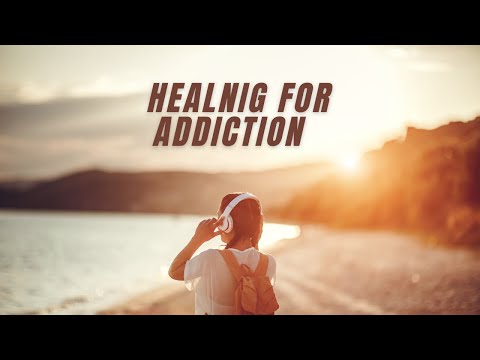
For individuals experiencing homelessness and addiction, recovery can feel like an impossible goal. Without the stability of a home, many struggle to access consistent treatment or maintain progress in their journey toward sobriety. The “Housing First” approach has emerged as a revolutionary model to combat this cycle. It emphasizes providing stable, permanent housing as the first step in addressing homelessness, regardless of an individual’s substance use or mental health status. This model recognizes that safe shelter is not only a basic human right but also a crucial foundation for fostering addiction recovery.
Understanding the Housing First Approach
Housing First flips the traditional script on homelessness interventions. Historically, many programs required individuals to achieve sobriety or meet other benchmarks before qualifying for housing. While well-intentioned, this approach often placed unattainable barriers in front of those who needed help the most. Housing First eliminates these preconditions, providing immediate access to stable, permanent housing and addressing other needs once the individual has a secure place to live.
This model operates on the belief that housing is a fundamental need that must be met before individuals can focus on other aspects of their lives, such as their health, employment, or relationships. By removing the stress and chaos of living on the streets, individuals are better positioned to engage in recovery and rebuild their lives.
The Link Between Stability and Recovery
Addiction recovery is a complex, often non-linear process that requires time, resources, and support. For individuals experiencing homelessness, the lack of a stable environment can make recovery feel out of reach. On the streets, daily survival takes precedence over addressing addiction, and triggers such as stress, violence, and easy access to substances can perpetuate substance use.
Safe housing provides the stability necessary for recovery to begin. When individuals have a secure place to sleep, eat, and store their belongings, they can focus on their health and well-being. Stable housing also offers a platform for accessing treatment, attending support groups, and establishing healthier routines. Moreover, it provides a safe space away from the environments that may have fueled substance use.
A Holistic Approach to Healing
Housing First doesn’t stop at providing shelter—it integrates support services tailored to individual needs. These may include counseling, addiction treatment, medical care, and job training programs. Importantly, participation in these services is encouraged but not mandatory, respecting the individual’s autonomy and readiness to engage in recovery.
The approach also recognizes the role of mental health in addiction. Many individuals experiencing homelessness and substance use disorders also have co-occurring mental health conditions. By addressing both issues simultaneously within a stable housing framework, individuals are more likely to achieve long-term recovery and stability.
Evidence of Success
Studies have consistently shown the effectiveness of the Housing First model. Programs implementing this approach report higher housing retention rates and significant reductions in substance use compared to traditional models. Furthermore, providing stable housing often leads to cost savings for communities, as it reduces reliance on emergency services, hospitals, and the criminal justice system.
One notable example is Pathways Housing First, a program that has successfully housed and supported thousands of individuals across the United States. Participants in the program not only achieve housing stability but also demonstrate improved physical and mental health, greater engagement in treatment, and a higher quality of life.
Breaking the Cycle
Housing First underscores the idea that recovery is a journey, and stability is a critical first step. By prioritizing housing as the foundation for healing, this model offers individuals the opportunity to rebuild their lives without the constant threat of homelessness undermining their progress. Safe shelter fosters hope, dignity, and the stability needed for meaningful recovery, transforming lives and communities alike.
In addressing homelessness and addiction, Housing First provides a simple yet profound solution: a home is not the reward for recovery; it’s the starting point.